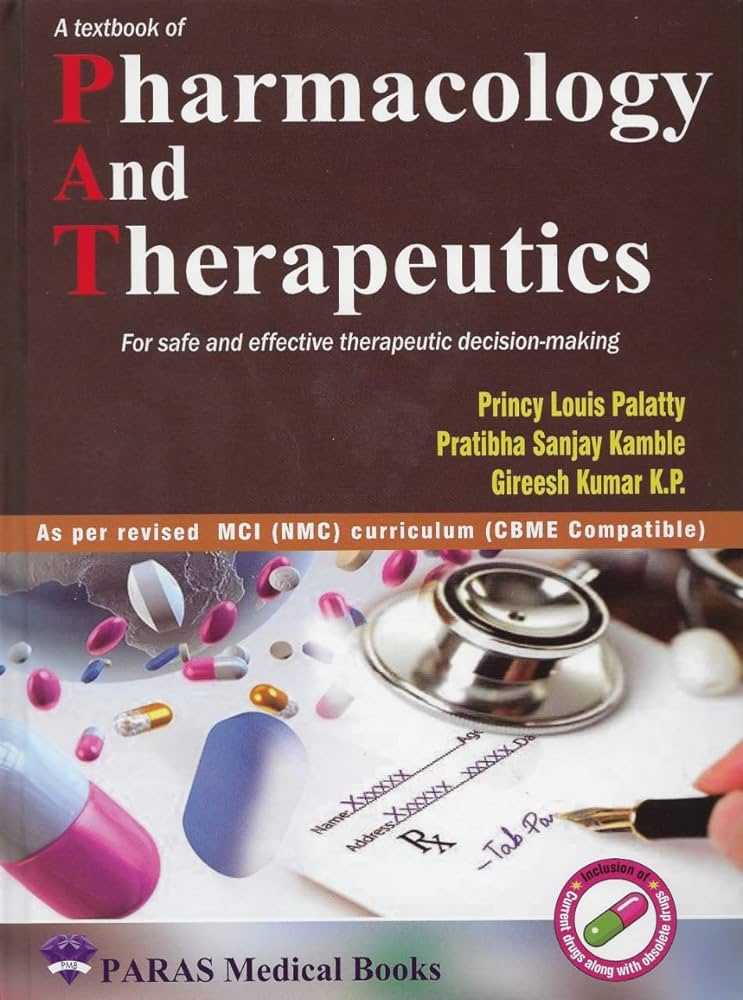GLP-1 receptor agonists, are we witnessing the emergence of a paradigm shift for neuro-cardio-metabolic disorders?
IF 12.5
1区 医学
Q1 PHARMACOLOGY & PHARMACY
引用次数: 0
Abstract
Glucagon-like peptide-1 receptor agonists (GLP-1RAs) have emerged as groundbreaking therapeutic agents in managing a spectrum of metabolic disorders, demonstrating remarkable efficacy across multiple organ systems and disease states. These compounds are not only well-established in the treatment of type 2 diabetes (T2D) and obesity—conditions for which they have received widespread approval—but also exhibit promising potential in addressing cardiovascular disease (CVD) and Metabolic dysfunction-associated steatotic liver disease (MASLD).
Recent investigations have begun to illuminate the utility of GLP-1RAs in the management of type 1 diabetes (T1D), as well as neurodegenerative disorders such as Alzheimer's and Parkinson's disease and various behavioral disorders. A plethora of clinical trials have consistently validated the capacity of GLP-1RAs to improve glycemic control, promote weight loss, and mitigate cardiovascular risk factors in individuals with T2D and obesity. While their application in T1D remains limited due to safety concerns—particularly regarding the risks of hypoglycemia and hyperglycemic ketoacidosis—emerging data suggest that GLP-1RAs may offer hepatoprotective benefits, potentially reducing liver fat content and decelerating the progression of MASLD.
The neuroprotective attributes of GLP-1 RAs have garnered significant interest, with research indicating their potential to alleviate cognitive decline associated with neurodegenerative diseases. Furthermore, preliminary findings highlight the role of GLP-1 RAs in addressing behavioral disorders, emphasizing their extensive therapeutic promise.
This comprehensive review synthesizes the current evidence supporting the diverse therapeutic applications of GLP-1RAs, positioning them as “magic drug” therapies for metabolic and neurological disorders. As ongoing research continues to explore innovative applications and combinations of GLP-1RAs, the landscape of disease management in metabolic and neurological contexts is poised for transformative advancements. This review will also critically assess safety considerations and underscore the need for personalized treatment strategies to optimize patient outcomes in these complex and often comorbid conditions.
GLP-1 受体激动剂,我们是否正在见证神经-心血管-代谢疾病治疗模式的转变?
胰高血糖素样肽-1受体激动剂(GLP-1RAs)已成为管理一系列代谢紊乱的开创性治疗药物,在多器官系统和疾病状态中显示出显着的疗效。这些化合物不仅在治疗2型糖尿病(T2D)和肥胖方面得到了广泛的认可,而且在治疗心血管疾病(CVD)和代谢功能障碍相关的脂肪变性肝病(MASLD)方面也表现出了良好的潜力。最近的研究已经开始阐明GLP-1RAs在1型糖尿病(T1D)以及神经退行性疾病(如阿尔茨海默病和帕金森病)和各种行为障碍治疗中的效用。大量的临床试验一致证实了GLP-1RAs在t2dm和肥胖患者中改善血糖控制、促进体重减轻和减轻心血管危险因素的能力。虽然由于安全性考虑,GLP-1RAs在T1D中的应用仍然有限,尤其是低血糖和高血糖酮症酸中毒的风险,但新出现的数据表明,GLP-1RAs可能具有肝脏保护作用,可能降低肝脏脂肪含量,减缓MASLD的进展。GLP-1 RAs的神经保护特性引起了极大的兴趣,研究表明它们有可能减轻与神经退行性疾病相关的认知能力下降。此外,初步研究结果强调了GLP-1 RAs在解决行为障碍中的作用,强调了它们广泛的治疗前景。本综述综合了目前支持GLP-1RAs多种治疗应用的证据,将其定位为治疗代谢和神经疾病的“神奇药物”。随着正在进行的研究继续探索GLP-1RAs的创新应用和组合,代谢和神经环境下的疾病管理领域正准备取得变革性进展。本综述还将严格评估安全性考虑因素,并强调个性化治疗策略的必要性,以优化这些复杂且通常合并症的患者预后。
本文章由计算机程序翻译,如有差异,请以英文原文为准。
求助全文
约1分钟内获得全文
求助全文
来源期刊
CiteScore
23.00
自引率
0.70%
发文量
222
审稿时长
90 days
期刊介绍:
Pharmacology & Therapeutics, in its 20th year, delivers lucid, critical, and authoritative reviews on current pharmacological topics.Articles, commissioned by the editor, follow specific author instructions.This journal maintains its scientific excellence and ranks among the top 10 most cited journals in pharmacology.

 求助内容:
求助内容: 应助结果提醒方式:
应助结果提醒方式:


